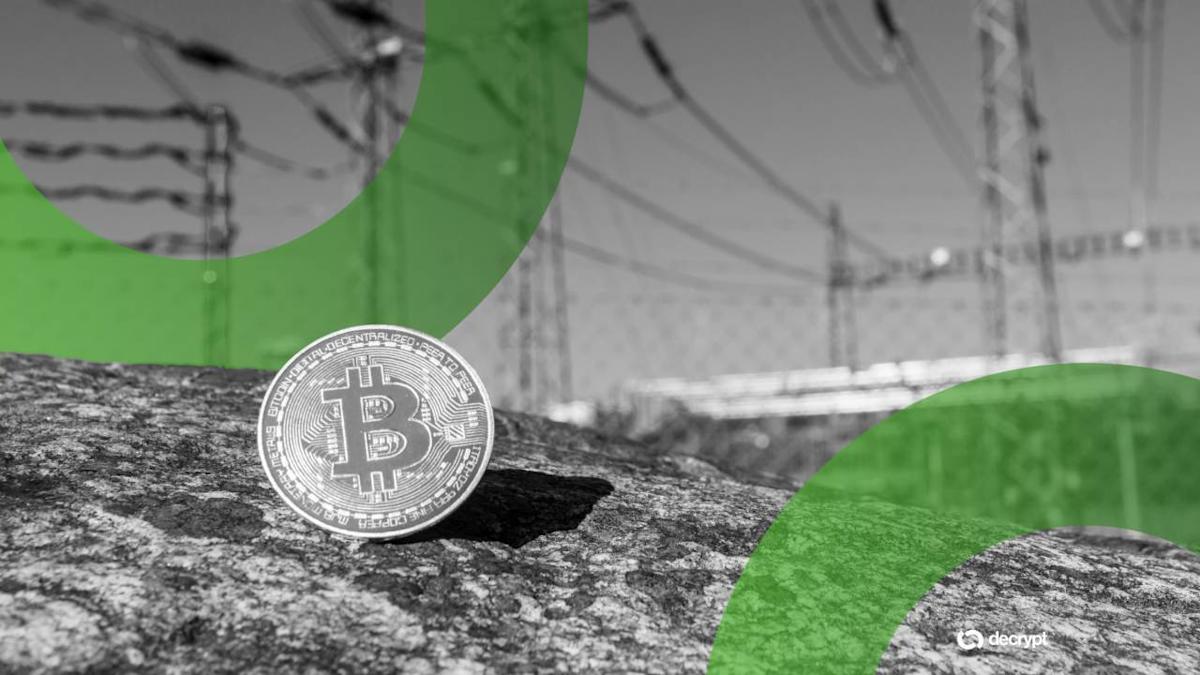Harry Maguire’s late header secured Manchester United’s first win at Anfield in nearly a decade and inflicted Liverpool’s fourth successive defeat.
Cody Gakpo’s strike with 12 minutes left looked it would end Liverpool’s losing streak, only for…

Harry Maguire’s late header secured Manchester United’s first win at Anfield in nearly a decade and inflicted Liverpool’s fourth successive defeat.
Cody Gakpo’s strike with 12 minutes left looked it would end Liverpool’s losing streak, only for…

Unlock the Editor’s Digest for free
Roula Khalaf, Editor of the FT, selects her favourite stories in this weekly newsletter.
Hong Kong investor CK Infrastructure, whose overture for Thames Water was spurned earlier this year, has called on the UK to renationalise the troubled utility, warning that an unsatisfactory bidding process has led to a plan that imperils the company.
Potential bidders for Thames Water, which is struggling under nearly £20bn of debt, were “excluded” from making an offer, according to a complaint by CKI to the sector regulator, Ofwat, earlier this month and seen by the Financial Times.
KKR, the private equity firm that Thames Water selected as its preferred bidder to take it over, walked away in June. That has left Britain’s largest water company in the hands of its creditors, which include the hedge fund Elliott Management and the US private capital firm Apollo Global Management.
CKI accused the creditors — who have said they would publicly list Thames Water and write down its debt by 25 per cent in exchange for leniency on fines and targets — of short-termism, in an explosive intervention to Ofwat.
The Hong Kong-based firm slams the creditors’ plan as a “high-risk proposition that gives rise to unnecessary risk of further failures”.
“Only a single consortium is allowed to take part [in the rescue process], including distressed debt hedge funds who lack tangible operating experience in the water sector and who so far appear to be aiming for an early exit and payout in March 2030, with Thames Water’s future then passed to someone else,” CKI said in the Ofwat letter, signed by Andrew Hunter, deputy managing director of CK Infrastructure’s UK business.
CKI, which owns Northumbrian Water, added that it “would willingly put our plan to the test against that of others”, if the government temporarily renationalises Thames Water.
The Sunday Times reported that CKI had written to Ofwat.
The regulator is currently mulling the creditors’ proposal, which would see them take over the business formally in exchange for £3.15bn equity, a writedown of the debt and a stock market listing as soon as 2030.
Hunter warned that the creditors are not injecting sufficient cash and that the additional debt is being loaned at “high” interest rates, suggesting that an even larger proportion of customers’ cash will go towards servicing the borrowings.
If the creditor plan does not go ahead, Thames Water — which provides water and sewerage services to 16mn households in London and the south east — could become the first water company in England to be temporarily renationalised under the government’s special administration regime.
The intervention by CKI throws down the gauntlet to the government, which has insisted that it favours a “market-led” solution while refusing to comment on the creditors’ proposals.
The special administration regime, or SAR, is designed to ensure that essential utilities keep running if a company fails. A special administrator — a private company — would be brought into stabilise and restructure the business ahead of a sale to new owners or renationalisation.
CKI alleged in the letter that bidding was far from market-led, given that KKR was given exclusivity and that the process has not reopened since the private equity firm walked away.
CKI’s letter goes on to claim that the creditors’ request for leniency on fines and pollution targets creates a “moral hazard” and that CKI would seek no such special treatment.
CKI and Ofwat declined to comment.
The Department for the Environment, Food and Rural Affairs said: “The company remains financially stable, but we have stepped up our preparations and stand ready for all eventualities, including applying for a Special Administration Regime if that were to become necessary.”
The creditors’ consortium said on Sunday that it had “put forward a comprehensive plan which restores the company’s financial resilience and delivers a stretching operational turnaround led by an experienced world-class board.”
It countered that CKI had not put in a “viable” proposal for Thames Water, and that its plan to invest in infrastructure would have “slowed the turnaround and significantly delayed a return to compliance” and “alienated the UK’s debt markets for water companies”.
Thames Water referred queries to the creditor consortium.

The action continues on this exciting weekend across Europe!
Sunday’s action began with Aston Villa coming back from a goal down to claim a 2-1 victory at Tottenham Hotspur, with Morgan Rogers scoring a stunning goal and

Unplugged has announced the…

Nearly four years after the release of Halo: Infinite, the sixth installment in the franchise has failed to live up to its name. Instead, the studio behind the sci-fi series may be working on a “live service, long-term updating multiplayer” Halo…

The 16-pin yellow-tipped connector adapter doesn’t spare any GPU, and it’s time when gamers should totally avoid it.

Mahelyk and TheClassifiedX have launched their comedic title: GlitchSPANKR. After successfully stealing your mom’s forbidden game, Big Booty Slapper 6, you’ll find that it’s being taken over by a malicious…

Helios Technologies (NYSE:HLIO) shares climbed higher after the company saw increased demand from its industrial and health & wellness segments. This growth was fueled by strong sales of its quick-release coupling products and effective cost discipline.
See our latest analysis for Helios Technologies.
Helios Technologies’ share price has rebounded over the past quarter, delivering a notable 46% gain in the last 90 days as investors responded to the company’s operational improvements and upbeat outlook. Despite some recent volatility, the 1-year total shareholder return of 8.9% points to a stock that appears to be regaining momentum as its end markets strengthen.
If Helios’ strong recent run has you looking for more opportunities, consider broadening your search and discover fast growing stocks with high insider ownership.
But with shares having soared recently, the key question is whether Helios Technologies still offers value at current levels or if the market has fully priced in its anticipated growth, which could leave would-be buyers on the sidelines.
The narrative’s fair value of $60.60 is higher than Helios Technologies’ last close at $52.98, suggesting room for further upside if analyst assumptions play out. The price target reflects expectations that operational improvements and industry megatrends could lift earnings and margins in the years ahead.
The shift in the industry towards electrification of mobile and industrial equipment is driving OEM demand for sophisticated electro-hydraulic and electronic control solutions. Helios is actively innovating in these areas, for example with Enovation Controls and Cygnus Reach, which supports both top-line growth and margin expansion over the medium to long term.
Read the complete narrative.
Curious about which future profit levers and bold margin goals underpin this premium fair value? The narrative’s assumptions involve ambitious improvements you might not expect for an industrial firm. Uncover the details that analysts believe could send shares even higher.
Result: Fair Value of $60.60 (UNDERVALUED)
Have a read of the narrative in full and understand what’s behind the forecasts.
However, risks remain if the market shifts away from traditional hydraulics or if Helios struggles to offset ongoing end-market volatility through innovation and diversification.
Find out about the key risks to this Helios Technologies narrative.
While the narrative suggests room for upside, a closer look at Helios Technologies’ price-to-earnings ratio raises questions. Shares currently trade at 50.3 times earnings, much higher than US Machinery industry peers at 24.2x and also above the fair ratio of 41.3x. This may indicate the market is already pricing in significant future growth. Does this premium leave little margin for error if expectations fall short?

Enzalutamide (Xtandi) in combination with leuprolide acetate produced a significant benefit in terms of overall survival (OS) vs leuprolide acetate alone for the treatment of patients with high-risk, biochemically recurrent prostate cancer,…

Professor Andrew Urquhart is Professor of Finance and Financial Technology and Head of the Department of Finance at Birmingham Business School (BBS).
This is the ninth installment of the Professor Coin column, in which I bring important insights from published academic literature on cryptocurrencies to the Decrypt readership. In this article, I discuss Bitcoin energy usage, and the future for sustainable cryptos.
When you hear the words “Bitcoin mining,” you might picture giant warehouses packed with whirring computers, gobbling up electricity like there’s no tomorrow. That image isn’t far from reality.
Since Bitcoin launched in 2009, its proof-of-work (PoW) system has been both its greatest strength and its biggest controversy. It keeps the network secure and decentralized, but it also ties digital finance to very real energy and environmental costs.
Professor Coin: What Gives Bitcoin Its Value?
The go-to benchmark is the Cambridge Bitcoin Electricity Consumption Index (CBECI), which estimates that Bitcoin mining consumes electricity on the scale of mid-sized countries. But here’s the catch: Bitcoin’s energy use doesn’t rise smoothly. Instead, it follows market cycles. When Bitcoin’s price surges, miners switch on more rigs, pushing up hashrate, difficulty, and electricity demand. When prices dip, older or less efficient machines go dark.
Stoll, Klaaßen and Gallersdörfer (2019) pegged annual consumption around 46 TWh back then, with ~22 megatons of CO₂ emissions More recently, new data suggests that consumption has grown substantially.
According to the 2025 Cambridge Digital Mining Industry Report, Bitcoin’s annual electricity usage is now estimated at 138 TWh, with network-wide emissions of approximately 39.8 Mt CO₂e. The same report also notes that 52.4 % of the energy used by miners comes from sustainable sources (renewables + nuclear) as of 2025.
These updated figures help us see that while Bitcoin’s environmental footprint remains significant, the composition of its energy mix is also shifting—offering a more nuanced narrative for 2025.
How Much Energy Does Bitcoin Really Use? Less Than You Might Think
New research asks a broader question: what’s the total environmental cost? A 2023 paper by Chamanara et al. (2023) estimates Bitcoin mining at ~173 TWh, adding in CO₂, water, and land impacts.
Meanwhile, the UN University warned that mining draws heavily on freshwater in regions with scarce supply. And it’s not just the running of machines: de Vries (2021) estimated tens of kilotons of e-waste annually from discarded ASIC rigs, since miners churn through hardware every couple of years. This holistic picture means Bitcoin’s footprint is now seen as multi-dimensional: electricity, emissions, water, land, and waste.